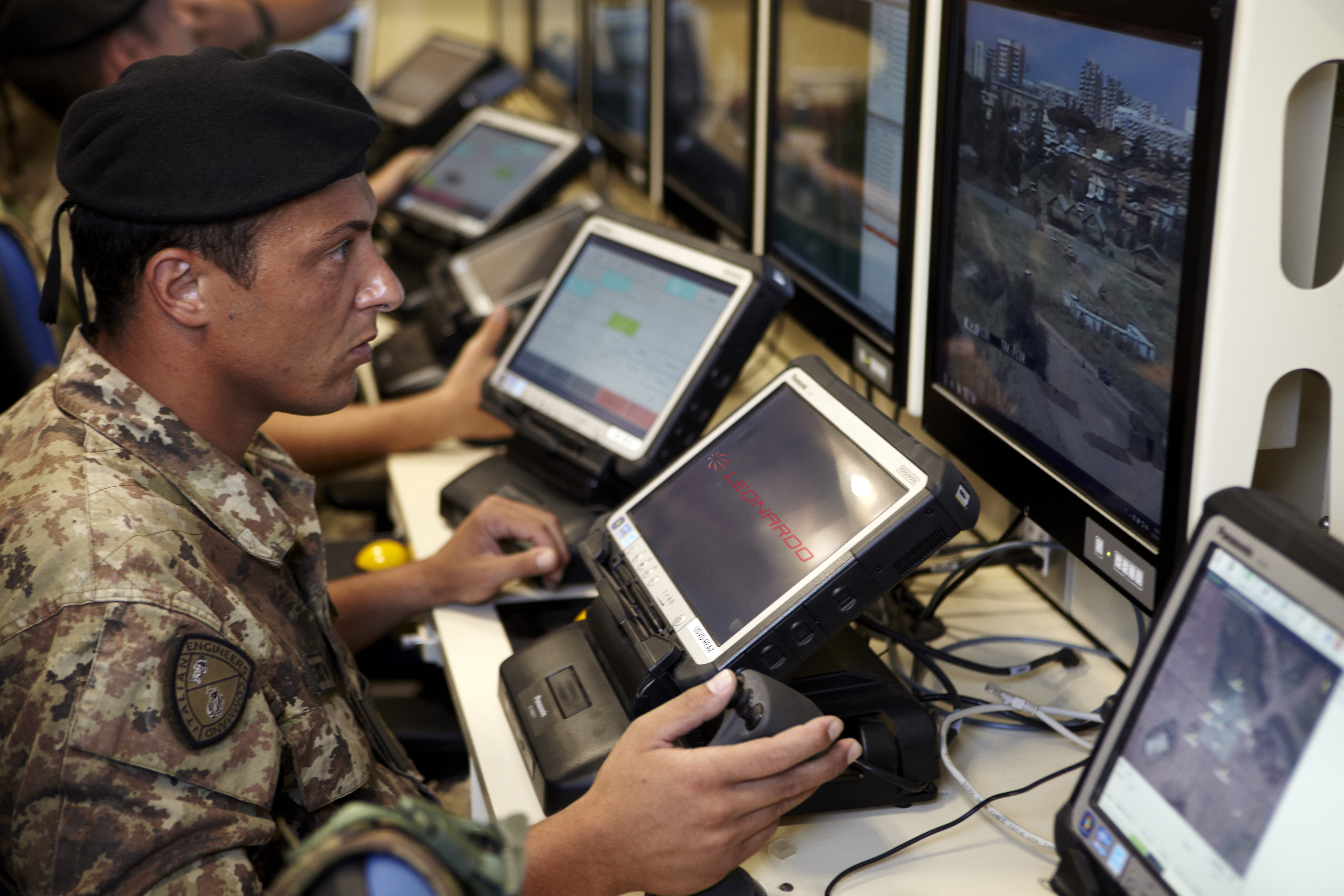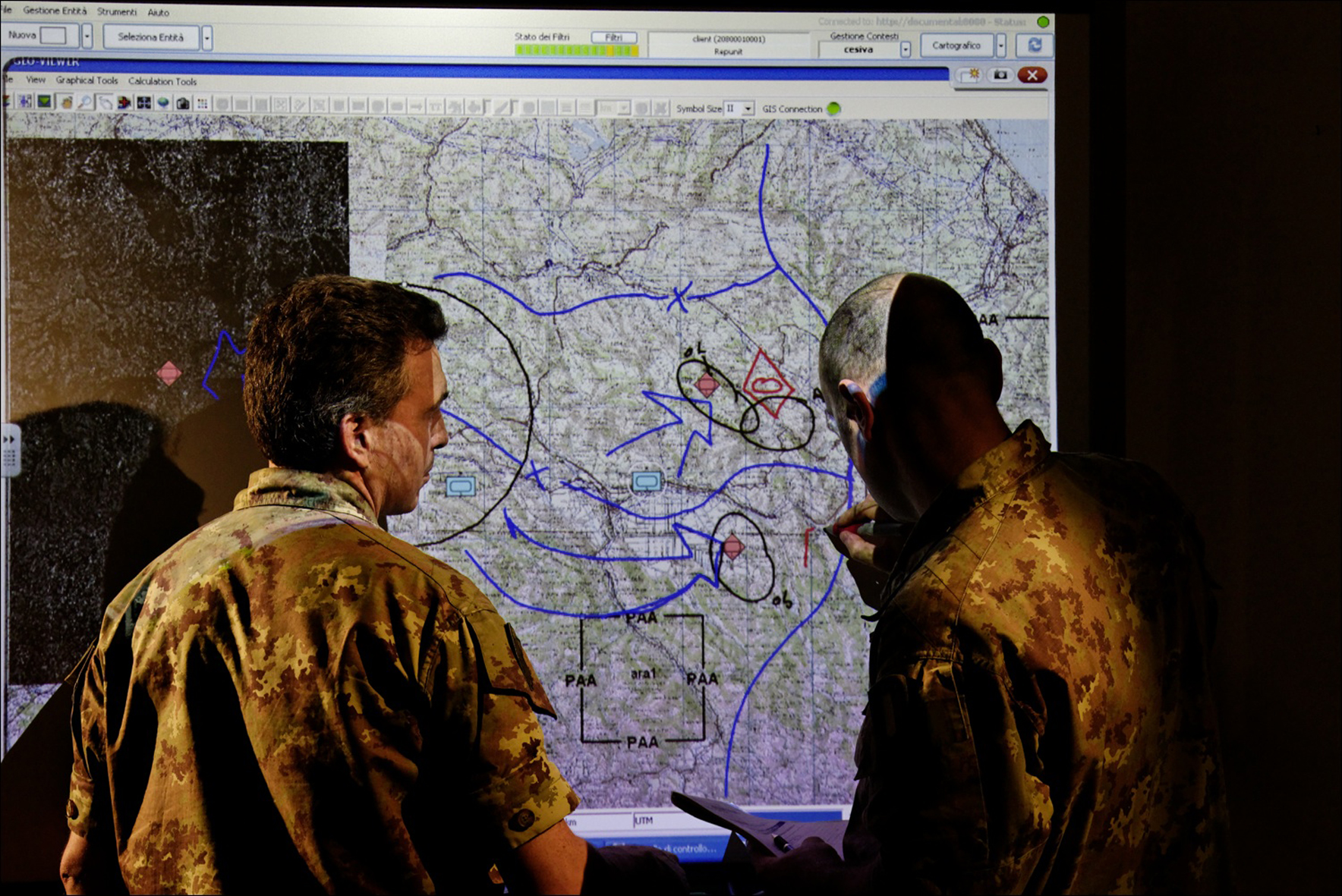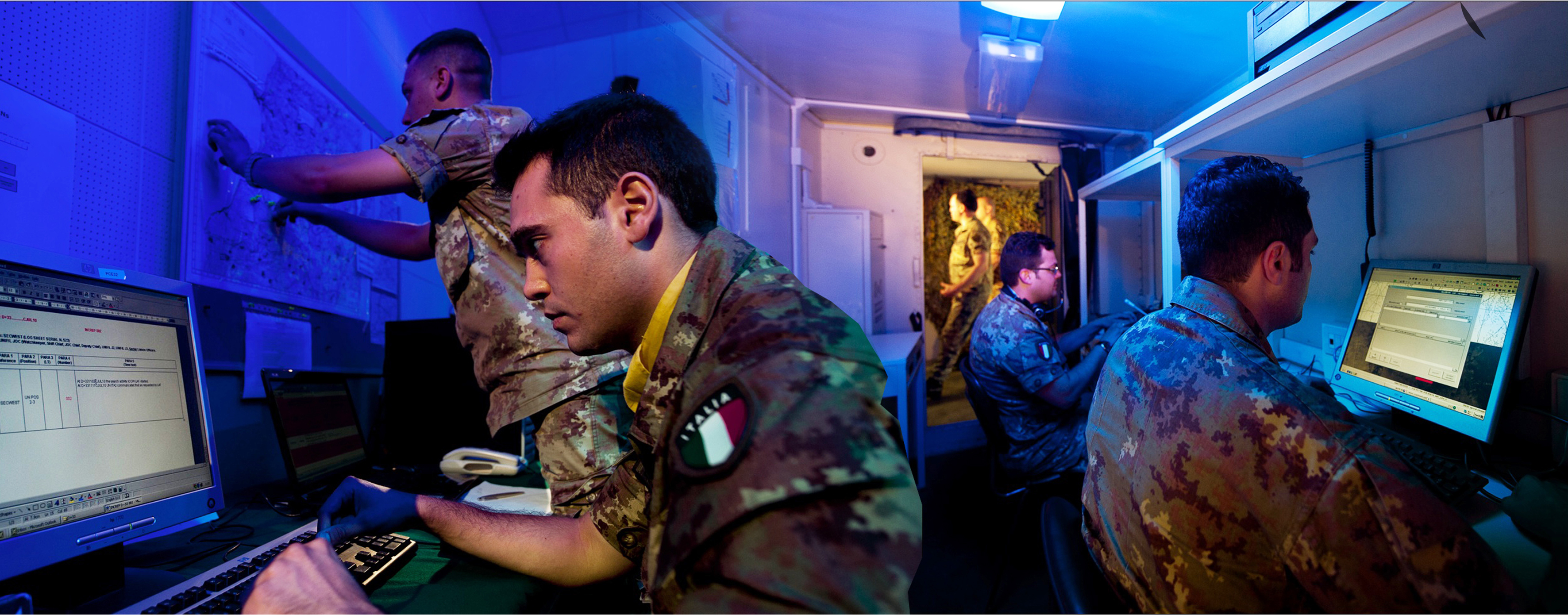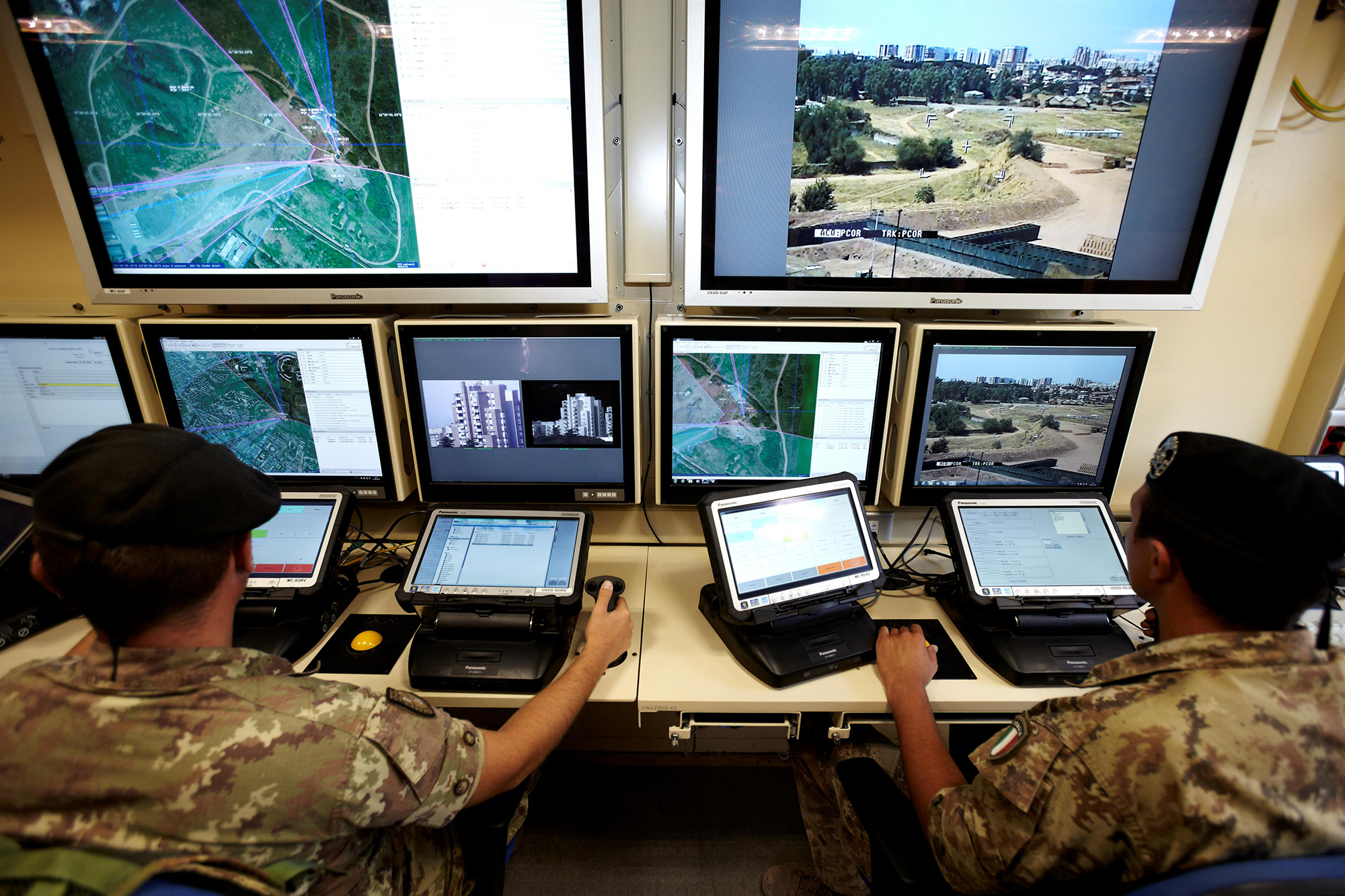Leonardo 10 September 2017
In a military operation, the secure exchange of tactical information plays a fundamental role in the success of the mission. More specifically, transferring information between the various units involved in an operational scenario can tip the balance in the final planning, execution and outcome of a military operation. Indeed, it is within this very scope that we find a suite of instruments, applications, services and functions synthesised in the acronym C4I ( Command, Control, Communication, Computer and Intelligence).

In simpler terms, C4I has to do with the so-called “Information Superiority”; it is a force multiplier, a key element that provides the means for acquiring an advantageous position and contributes to achieving success, especially in the framework of interagency and international operations. This process of gathering information enables the acquisition of Shared Situational Awareness, which is when all the forces are jointly aware of the operative situation. In other words, the available human and technological resources are tasked with gathering relevant data and communicating it accurately to the upper chain of command, and then delivering it to the forces in the field in the most suitable and effective manner.
In this sense, the digitisation of the Armed Forces is the first step towards actualising a net-centric system, which is the integration of technological solutions within a C4I system in order to share the information obtained during the different operational phases at the right time. To digitise also means taking the different C2 (Command and Control) systems used by the Armed Forces and, wherever possible, the various assets and platforms utilised by the Navy, the Air Force and the Army, and uniting them in a single network in order to communicate.

The main advantage of this approach is best seen in a multinational environment where it enables systems and assets belonging to different countries to communicate in an automatic or semi-automatic way. This generates the indisputable benefit of interoperability among the operative forces in an international coalition. NATO has officially defined interoperability as "the ability for Allies to act together coherently, effectively and efficiently to achieve tactical, operational and strategic objectives"¹. It is easy to see why operations conducted in multilateral contexts (NATO, the EU and the UN) are requesting interoperability more and more.

From an industrial point of view, the fulfilment of C4I solutions and systems involves digitising vehicles, platforms equipped with weapons systems, equipment for soldiers, information systems, and telecommunications. Leveraging its demonstrated experience in the field of platform and system integration, Leonardo's Land & Naval Defence Electronics Division guarantees the full capacity to control the battlefield through the sharing of tactical and operative scenarios, the management of field deployment systems, and interoperability by means of C4I strategic national commands. A key example of this capacity on land is the Forza NEC programme, where the Division is prime contractor, system integrator and systems authority for architectural requirements. The programme calls for the digitisation of the Italian Armed Forces through the development of an innovative solution that promotes the full integration of the different platforms of the Army Brigades, including those already operating (legacy), into a single C4I architecture.

Leonardo’s solutions enable net-centric operations for border guards, patrol units, special forces, and all those components of the Armed Forces that work to protect national borders and the homeland territory. In line with a net-centric perspective, the Land & Naval Defence Electronics Division develops advanced soldier and vehicular systems radios, land network infrastructures, naval communication systems, Electronic Countermeasure (ECM) systems, satellite communications, and a complete range of ancillary equipment.
Leonardo is the market leader in the development of solutions for secure connectivity in the field of Network Centric Warfare/Operations and it contributes to the digitisation of the Defence world with globally recognised system products.
¹) NATO Glossary of Terms and Definitions, edition 2013, NATO Standardization Agency

